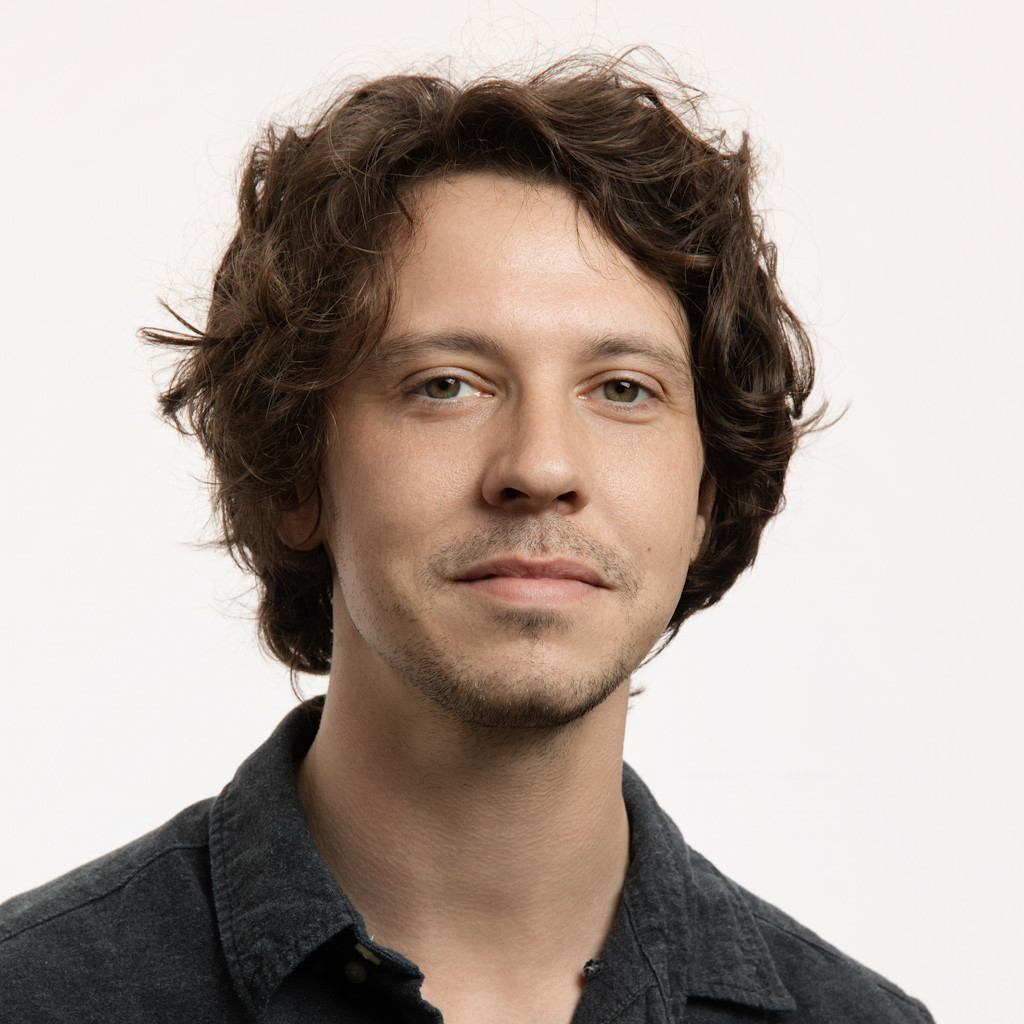
Barber Ha founder closes shop with sadness but few regrets
When Linda Ha looks back at what led her to decide to close her barbershop, she sees a series of small decisions that resulted in an inevitability. But she stands by the principles that guided her decisions.
Barber Ha will close its doors on Whyte Avenue for good on March 31, nine days after announcing the decision in an email to clients. It's a product of many factors largely stemming from the pandemic, Ha told Taproot.
"It was actually quite a few things over a long period of time," she said. "Obviously, we had the closures at the beginning of the pandemic … As we were opening and closing, we weren't as booked as we were before — I don't know a lot of places that were — and of course, changing habits during this time was also a big factor."
There was also a "mass exodus" of staff who moved on to other opportunities, which Ha doesn't blame her former employees for. Add to that rising costs for everything from cleaning supplies to rent and internet service, plus perhaps the biggest challenge: debt from pandemic-relief loans.
"I did make some mistakes along the way," she said. "But also I'm not as cutthroat a business owner (as I could be)."
She described Barber Ha as a "community barbershop," where all are welcome regardless of gender, sexuality, or any other identifying factor. The mental health of her team was a top concern throughout the pandemic, she said. She could have raised prices. She could have changed her team's compensation model to chair-rentals, effectively putting them in competition with each other. Instead, she chose compassion.
"Do I regret the decisions I've made? No, I don't," she said. "There's just a lot of micro-decisions that have to be made, and sometimes I think the human part of me doesn't allow me to make the right business decisions."



